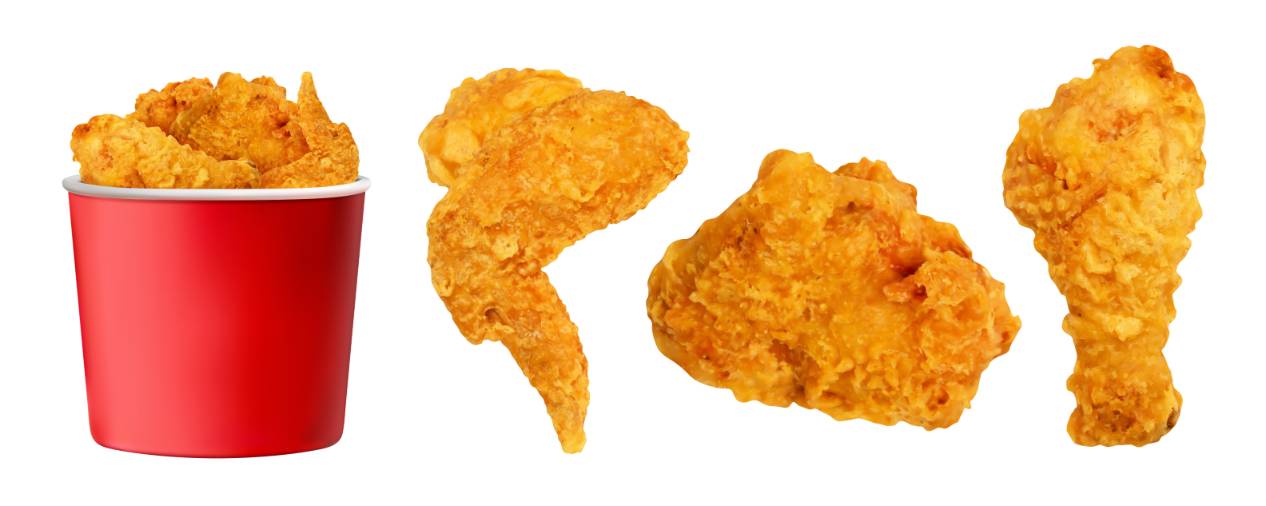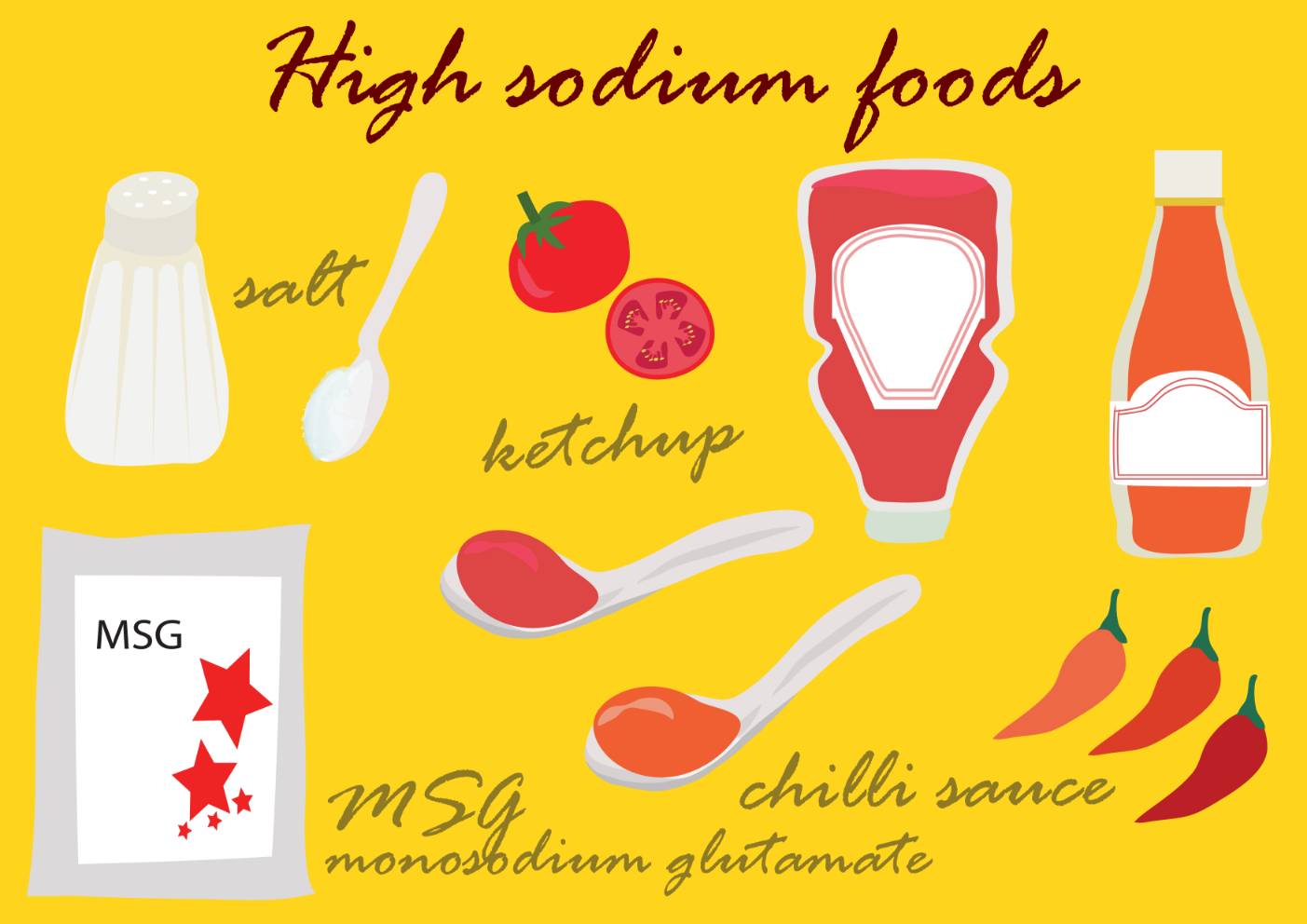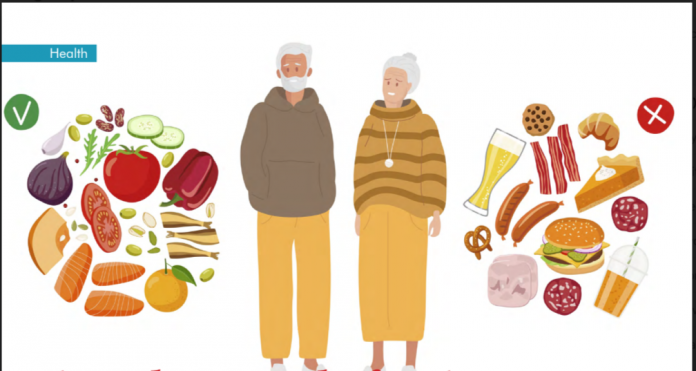While they may appear tempting, these foods are laden with unhealthy levels of sugars, fats, and salt. Consider opting for these alternatives instead, advises Preeti Singh
Achieving healthy eating habits after the age of 50 involves a dual effort: increasing the consumption of nutritious foods like berries, leafy greens, whole grains, and lean proteins, while also eliminating foods that contribute to artery clogging and unwanted weight gain.
Rather than strictly prohibiting certain foods (as the desire for chocolate tends to intensify when forbidden), it’s more effective to prioritise your health over the momentary satisfaction these foods might provide.
Here’s a closer look at foods to be cautious of after the age of 50:
Fried Foods with Triple the Calories

Imagine the vat of oil that a basket of fries or onion rings has been submerged in, and consider the potential negative impact of saturated fat on blood cholesterol. The American Heart Association recommends limiting saturated fat to 5-6% of daily calories. Opt for a side salad over restaurant fries and look for food with no more than 2 grams of saturated fat in a 200-calorie serving.
Instead: Consider using an air fryer for healthier alternatives like air-fried fish or veggies roasted in the oven.
Sugary Drinks, Including Most Bottled Teas

Beware of sweetened beverages, including bottled teas and fancy coffee drinks. Pay attention to misleading labels on drinks, as terms like “pure,” “green tea,” or “honey” don’t necessarily indicate lower sugar content. Aim to limit added sugar intake to 10% or less of total daily calories.
Instead: Choose alternatives like prune juice or water infused with fresh fruit flavors.
Packaged Foods with Sneaky Sugars
 Hidden sugars are prevalent in items like pasta sauces, yogurt, granola bars, instant oatmeal, and breakfast cereals. Excess sugar can stress organs, increase blood sugar levels, and raise the risk of cardiovascular disease and diabetes. Check labels for added sugars.
Hidden sugars are prevalent in items like pasta sauces, yogurt, granola bars, instant oatmeal, and breakfast cereals. Excess sugar can stress organs, increase blood sugar levels, and raise the risk of cardiovascular disease and diabetes. Check labels for added sugars.
Instead: Increase fruit intake for natural sweetness, make quick bread mini-muffins, or prepare a healthy smoothie with frozen fruits.
Foods Loaded with Stealth Salt

Processed foods contribute significantly to salt intake, even if you avoid salting your meals. Aim for 1,500 to 2,300 milligrams of sodium per day.
Instead: Cook meals using whole ingredients, low-sodium seasonings, and explore frozen “healthy” product lines with reduced sodium.
Ultra-Processed Snacks

While most food is processed to some extent, avoid ultra-processed snacks with added preservatives, sodium, and other additives. Make label-reading a habit.
Instead: Opt for whole nuts, healthy cereals, hard-boiled eggs, or natural snacks like fruits.
Alcohol

Alcohol metabolism changes with age, making individuals more susceptible to its negative effects. Moderate alcohol consumption is linked to various health problems, including liver disease, heart disease, and increased fall risk.
Instead: Explore low- or no-calorie alcohol options, try mocktails, or dilute alcoholic drinks with sparkling water or low-calorie juice.
Remember, maintaining a balanced and nutritious diet is crucial for overall well-being, especially as you age.








